When I was 14 years old, I first discovered the health equity barriers in our society and the role transportation plays in creating them. But it wasn’t until almost 20 years later that I realized it was going to be my life’s calling to help address these challenges.
When a classmate’s mom’s car broke down one day, she lost her job because there were no public transit options that could get her to work. As jobs were few and far between, my friend and her mom had to move back in with her mom’s abusive boyfriend, which led to lifelong emotional and physical scars. Such stories play out thousands of times a day across our country in both urban and rural communities alike.
Growing up in a small rural community plagued with unemployment, food insecurity, drug addiction, and crime, I experienced firsthand the challenges caused by a lack of mobility and the painful realities of transport poverty.
Over 400 counties in the United States are currently experiencing persistent poverty, which is impacting millions of Americans. And if you live or work inside these communities, you are likely aware of the significant transportation challenges that residents face.

Two weeks ago when I received an email from the US Department of Transportation saying that Secretary Buttigieg had released the “Equity Action Plan” I had to read it three times. I can’t find the words to express the enthusiasm, relief, and hope I felt in that moment. Too often, these conversations about transportation equity are missing from board rooms where engineers and community and regional planners design, fix, and maintain our roads, bridges, public transit, and shared spaces. Here, in writing, was a real plan by the top leadership of our nation, that prioritized and highlighted the role of transportation equity in four key areas: wealth creation, the power of community, interventions, and expanding access.
Here is an excerpt from page 10 of the report:

USDOT has formally come forward with significant direction, funding, and leadership to create change to bring about transportation equity nationwide, including in communities like the one in which I grew up, and I could not be more excited.
Today at Feonix, we work hand in hand with over 160 community partners across the United States to break down transportation barriers for underserved communities. We’ve worked in nine states, navigating the unique challenges that each program faces. Our projects focus on creating community access to all social determinants of health – employment, healthy food, healthcare, housing, education, and social services. Feonix’s approach is always grounded in local community leadership. We’re not on a mission to provide every ride ourselves; our aim is to ensure that every ride that is needed is provided – be it public transit, taxi, volunteer driver, bike, scooter, etc.
This week in Nevada we supported the launch of the first phase of the statewide Mobility as a Service (MaaS) program, N4 Connect, under the leadership of the Neighbor Network of Northern Nevada. We brought together rural and urban transit agencies, volunteer driver programs, and human service providers across the northern half of the state on a single online platform.
As part of the deployment, we also launched a Mobility Leadership Circle (MLC), which is a group of stakeholders across all sectors that come together quarterly to spread awareness of the MaaS technology, hear from transportation providers, and discuss mobility challenges faced by residents and agencies. In a recent MLC meeting we received a presentation by Marinela Maskuti, from the University of Nevada, Las Vegas that highlighted mobility barriers experienced by cancer patients across the state. These issues are faced by almost every community nationwide due to the frequency and physical impacts of the radiation and chemotherapy treatments. After losing both my sister-in-law and father-in-law to cancer this year, solving barriers in access to cancer treatment is not only an organizational mission but a personal one.
With the N4 Connect MaaS technology, social workers and case managers at hospitals will be able to explore and book transportation options for patients and train caregivers how to use the system. The technology and the data will not only help fill the knowledge gap in awareness of transportation services in the state, but also create data that will enable us understand where resources are lacking and thus opportunities for intercity services.
This is but one of many programs I look forward to sharing with you. Each week we will be sending out short updates on our work in the communities we serve, innovations we deploy, challenges and policy barriers we face in implementing our programs, and the impacts we are working towards. Our mission at Feonix is to create mobility solutions for the health and wellbeing of every person in every community.
After my husband’s recent brain surgery, I started a blog to share updates about his recovery with family and friends. While I have written hundreds of proposals, it was the first time I had ever blogged. Now almost three months later, the blog has had thousands of visits and I’ve received the kindest and most helpful feedback, inspiration, and motivation from readers. In returning to work full time, I wanted to continue writing and to bring my blogging experience to Feonix. So here we are! Thank you for your support and patience as I explore this new medium.
I look forward to your feedback and if you haven’t done so already, I would sincerely suggest that you check out the USDOT equity action plan!
If you would like more information on this topic – check out the following resources:
Public Transportation In The US: A Driver Of Health And Equity
